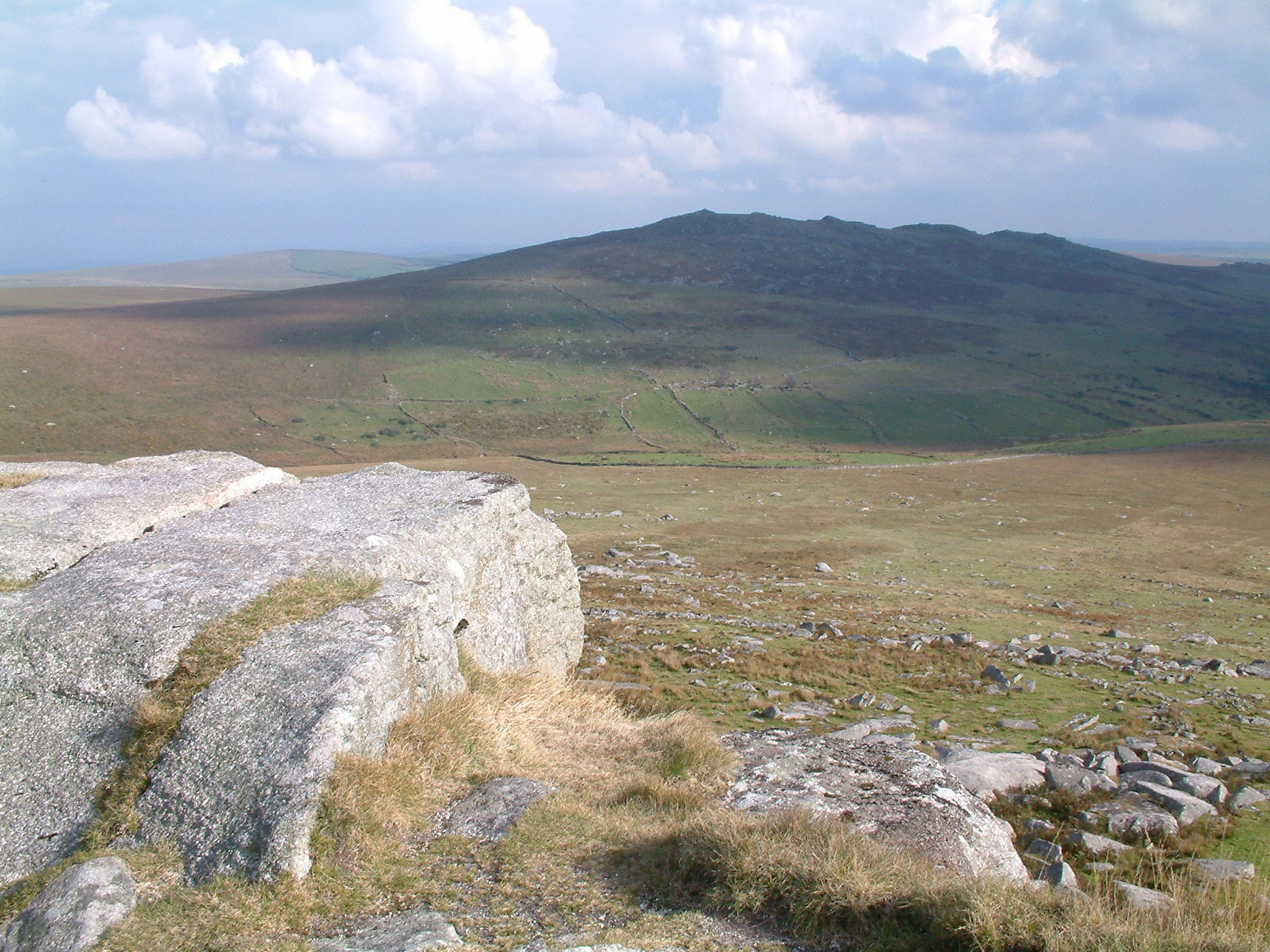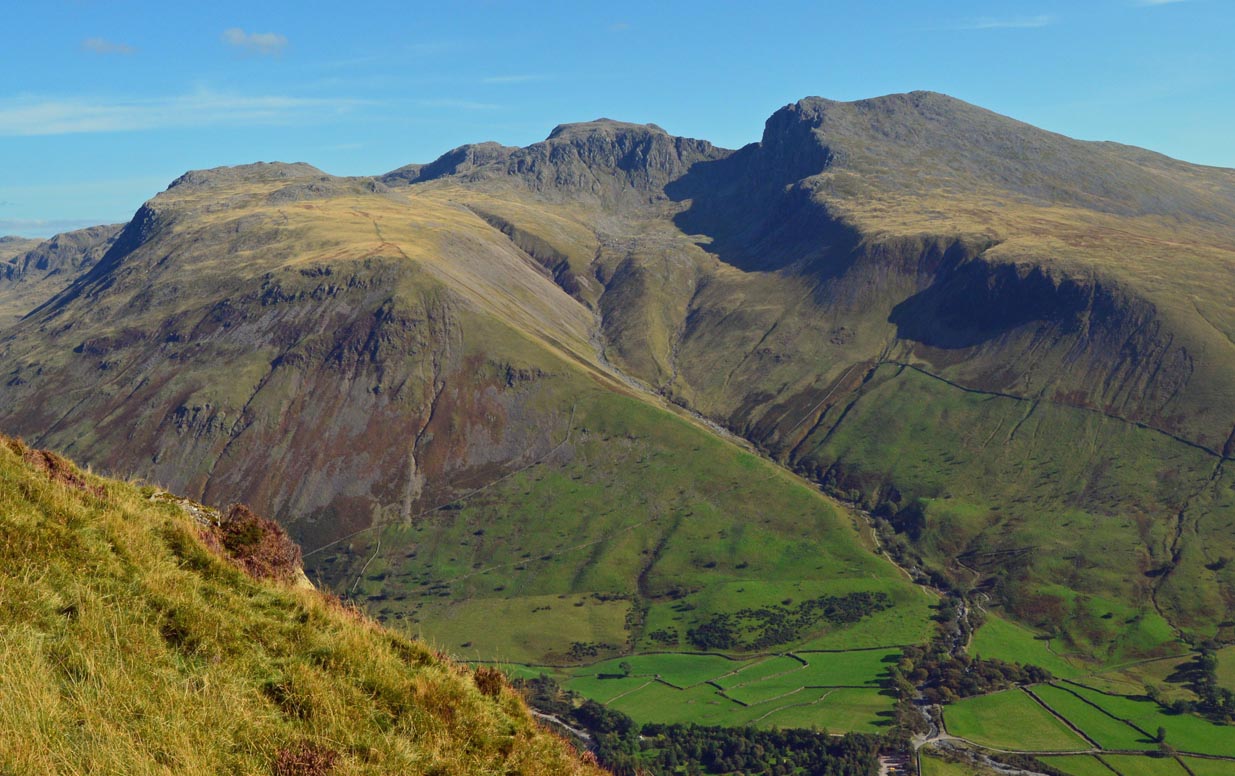|
Hills Of Cornwall
This is a list of hills in Cornwall based on data compiled in various sources, but particularly th''Database of British and Irish Hills'' Jackson's ''More Relative Hills of Britain'' and the Ordnance Survey 1:25,000 ''Explorer'' and 1:50,000 ''Landranger'' map series. Many of these hills are important historic, archaeological and nature conservation sites, as well as popular hiking and tourist destinations in the county of Cornwall in southwest England. Colour key The table is colour-coded based on the classification or "listing" of the hill. The three types that occur in Cornwall are Marilyn (hill), Marilyns, HuMPs and TuMPs, listings based on topographical prominence. "Prominence" correlates strongly with the subjective significance of a summit. Peaks with low prominences are either subsidiary tops of a higher summit or relatively insignificant independent summits. Peaks with high prominences tend to be the highest points around and likely to have extraordinary views. A Marilyn ... [...More Info...] [...Related Items...] OR: [Wikipedia] [Google] [Baidu] |
Ordnance Survey
The Ordnance Survey (OS) is the national mapping agency for Great Britain. The agency's name indicates its original military purpose (see Artillery, ordnance and surveying), which was to map Scotland in the wake of the Jacobite rising of 1745. There was also a more general and nationwide need in light of the potential threat of invasion during the Napoleonic Wars. Since 1 April 2015, the Ordnance Survey has operated as Ordnance Survey Ltd, a state-owned enterprise, government-owned company, 100% in public ownership. The Ordnance Survey Board remains accountable to the Secretary of State for Science, Innovation and Technology. It was also a member of the Public Data Group. Paper maps represent only 5% of the company's annual revenue. It produces digital map data, online route planning and sharing services and mobile apps, plus many other location-based products for business, government and consumers. Ordnance Survey mapping is usually classified as either "Scale (map), lar ... [...More Info...] [...Related Items...] OR: [Wikipedia] [Google] [Baidu] |
Tor (rock)
A tor, which is also known by geomorphologists as either a castle koppie or kopje, is a large, free-standing rock outcrop that rises abruptly from the surrounding smooth and gentle slopes of a rounded hill summit or ridge crest. In the South West of England, the term is commonly also used for the hills themselves – particularly the high points of Dartmoor in Devon and Bodmin Moor in Cornwall.Ehlen, J. (2004) ''Tor'' in Goudie, A., ed., pp. 1054-1056. ''Encyclopedia of Geomorphology''. Routledge. London, England. Etymology Although English topographical names often have a Celtic etymology, the ''Oxford English Dictionary'' lists no cognates to the Old English word in either the Breton or Cornish languages (the Scottish Gaelic is thought to derive from the Old English word). It is therefore accepted that the English word ''Tor'' derives from the Old Welsh word or , meaning a cluster or heap. Formation Tors are landforms created by the erosion and weathering of rock; most c ... [...More Info...] [...Related Items...] OR: [Wikipedia] [Google] [Baidu] |
Tump (hill)
The mountains and hills of the British Isles are categorised into various lists based on different combinations of elevation, prominence, and other criteria such as isolation. These lists are used for peak bagging, whereby hillwalkers attempt to reach all the summits on a given list, the oldest being the 282 Munros in Scotland, created in 1891. A height above 2,000 ft, or more latterly 610 m, is considered necessary to be classified as a mountain – as opposed to a hill – in the British Isles. With the exception of Munros, all the lists require a prominence above . A prominence of between (e.g. some Nuttalls and Vandeleur-Lynams), does not meet the International Climbing and Mountaineering Federation (UIAA) definition of an "independent peak", which is a threshold over . Most lists consider a prominence between as a "top" (e.g. many Hewitts and Simms). Marilyns, meanwhile, have a prominence above , with no additional height threshold. They range from small hills t ... [...More Info...] [...Related Items...] OR: [Wikipedia] [Google] [Baidu] |
The Beacon, Cornwall
The Beacon on Hendra Downs is a prominent hill, high, located on the northeastern side of Bodmin Moor in the county of Cornwall, England.Ordnance Survey The Ordnance Survey (OS) is the national mapping agency for Great Britain. The agency's name indicates its original military purpose (see Artillery, ordnance and surveying), which was to map Scotland in the wake of the Jacobite rising of ... 1:25,000 ''Explorer'' map series, No. 109 References Hills of Cornwall Bodmin Moor {{Caradon-geo-stub ... [...More Info...] [...Related Items...] OR: [Wikipedia] [Google] [Baidu] |
View From Stowes Hill Towards Caradon Hill - Geograph
Acornsoft was the software arm of Acorn Computers, and a major publisher of software for the BBC Micro and Acorn Electron. As well as games, it also produced a large number of educational titles, extra computer languages and business and utility packages – these included word processor ''VIEW'' and the spreadsheet '' ViewSheet'' supplied on ROM and cartridge for the BBC Micro/Acorn Electron and included as standard in the BBC Master and Acorn Business Computer. History Acornsoft was formed in late 1980 by Acorn Computers directors Hermann Hauser and Chris Curry, and David Johnson-Davies, author of the first game for a UK personal computer and of the official Acorn Atom manual "Atomic Theory and Practice". David Johnson-Davies was managing director and in early 1981 was joined by Tim Dobson, Programmer and Chris Jordan, Publications Editor. While some of their games were clones or remakes of popular arcade games (e.g. ''Hopper'' is a clone of Sega's ''Frogger'', '' Snapper ... [...More Info...] [...Related Items...] OR: [Wikipedia] [Google] [Baidu] |
Caradon Hill Transmitting Station
The Caradon Hill transmitting station is a broadcasting and telecommunications facility on Bodmin Moor in the civil parish of Linkinhorne, located on Caradon Hill, Cornwall, England, United Kingdom. It is north of Liskeard, and south-east of Minions, the highest village in Cornwall (). Built in 1961, the station includes a guyed steel lattice mast. The mean height for the television antennas is above sea level. The site has a smaller towers used for telecommunications and a wireless internet signal. It is owned and operated by Arqiva. The South Caradon Copper Mine, to the SW of the transmitter, was the largest copper mine in the UK in its heyday, 150 years ago. Many other copper, tin and granite mines are scattered around the base of the hill. History The station was built in 1961 by the Independent Television Authority to bring ITV to South West England for the first time. Inaugural broadcasts were from the ITV franchise holder for the area, Westward Television. 405-l ... [...More Info...] [...Related Items...] OR: [Wikipedia] [Google] [Baidu] |
Caradon Hill
Caradon Hill () is on Bodmin Moor in the former Caradon district of Cornwall, England, United Kingdom. The summit is above mean sea level. Caradon Hill is on the southeastern edge of the moor; it is between the villages of Minions (northwest), Upton Cross (northeast), Pensilva (southeast) and Darite (southwest). The hill was once famous for its copper mines but these are now closed. The South Caradon Copper Mine, 1 km to the SW of the transmitter, was the biggest copper mine in the UK in its heyday in the second half of the 19th century. Other disused copper and tin mines are scattered around the base of the hill, including the Wheal Phoenix, well known among mineral collectors. The ruins of the Prince of Wales engine house are prominent at Wheal Phoenix. at [...More Info...] [...Related Items...] OR: [Wikipedia] [Google] [Baidu] |
Langstone Downs
Langstone may refer to: Places: * Langstone, Devon, a location in England * Langstone, Hampshire, England ** Langstone (UK Parliament constituency) * Langstone, Newport, Wales People: * Frank Langstone * John Langstone * Michelle Langstone Michelle Langstone (born 30 January 1979) is a New Zealand actress, writer, and author who has been in many films and television series over the years in both New Zealand, and in Australia. She starred as Dr. Katherine "Kat" Manx in the televi ... See also * Langston (other) {{disambiguation ... [...More Info...] [...Related Items...] OR: [Wikipedia] [Google] [Baidu] |
Cheesewring
The Cheesewring () is a granite Tor (rock formation), tor in Cornwall, England, situated on the eastern flank of Bodmin Moor on Stowe's Hill in the parish of Linkinhorne approximately one mile northwest of the village of Minions, Cornwall, Minions and four miles (6 km) north of Liskeard. It is a natural geological formation, a rock (geology), rock outcrop of granite slabs formed by weathering. The name derives from the resemblance of the piled slabs to a stack of "cheeses" in a traditional cider press. Wilkie Collins described the Cheesewring in 1861 in his book ''Rambles Beyond Railways'': Located adjacent to the Cheesewring Quarry (which supplied the granite cladding for the structure of Tower Bridge, London) and surrounded by other granite formations, this landmark was threatened with destruction in the late nineteenth century by the proximity of blasting operations, but was saved as a result of local activism. Legend A local legend says that the Cheesewring is the r ... [...More Info...] [...Related Items...] OR: [Wikipedia] [Google] [Baidu] |
Tor Enclosure
A tor enclosure is a type of prehistoric monument found in the southwestern part of Great Britain. These monuments emerged around 4000 BCE in the early Neolithic. Tor enclosures are large enclosures situated near natural rock outcrops, especially tors, on hilltops or the sides of hills. They consist of one or more roughly circular stone walls built around the tor. They are comparable to the causewayed enclosures found elsewhere in the British Isles and many are of similar Neolithic date although others are from later in prehistory. Examples The best known examples are Carn Brea in Cornwall, the first to be identified, following excavations in the early 1970s, and Helman Tor between Bodmin and Lostwithiel also in Cornwall. Other possible examples are: * Rough Tor on Bodmin Moor, Cornwall * Stowe's Hill, also on Bodmin Moor * Whittor on Dartmoor Dartmoor is an upland area in southern Devon, South West England. The moorland and surrounding land has been protecte ... [...More Info...] [...Related Items...] OR: [Wikipedia] [Google] [Baidu] |




